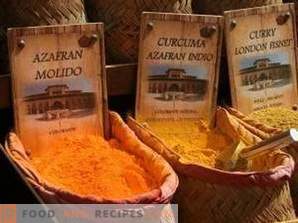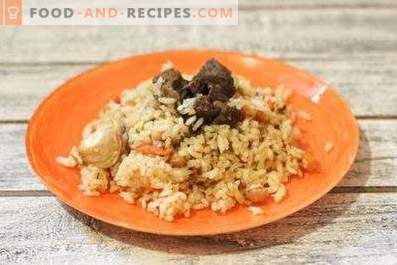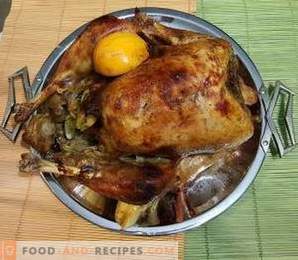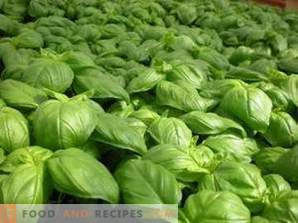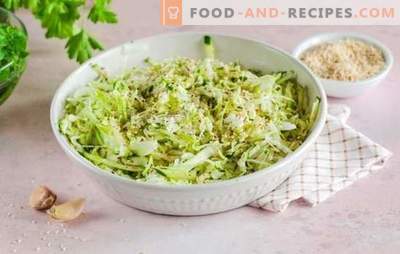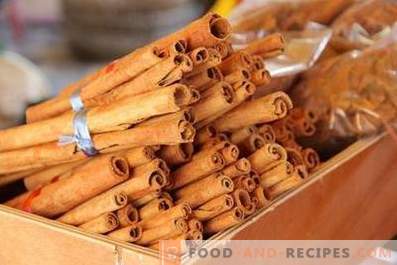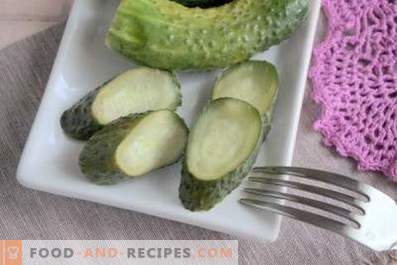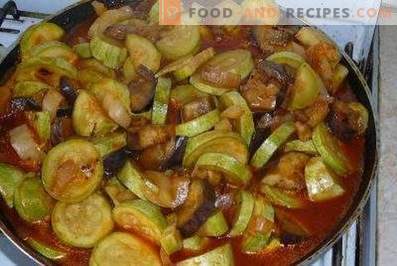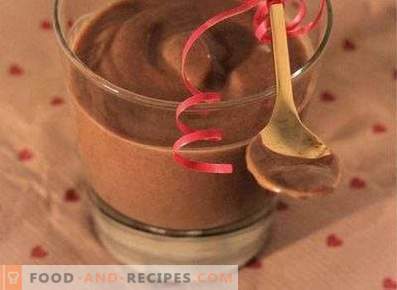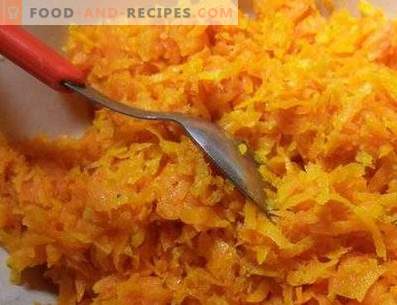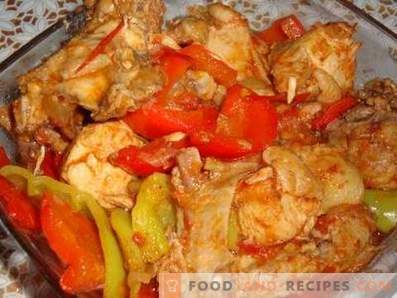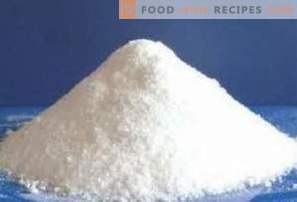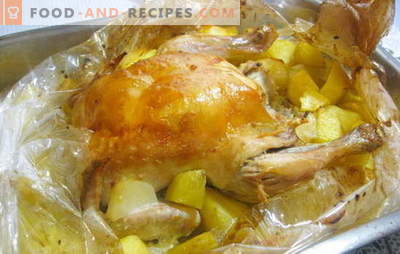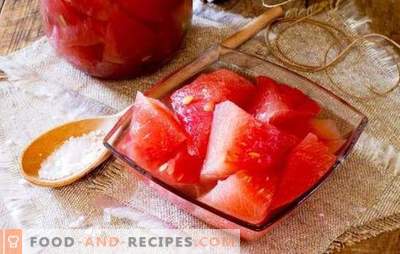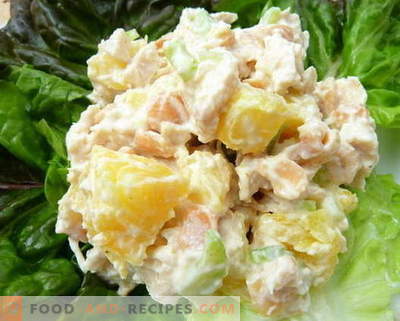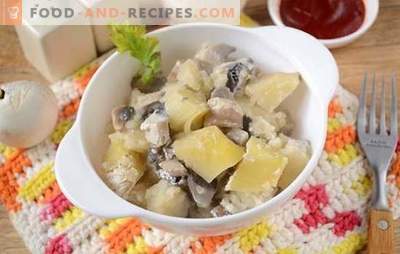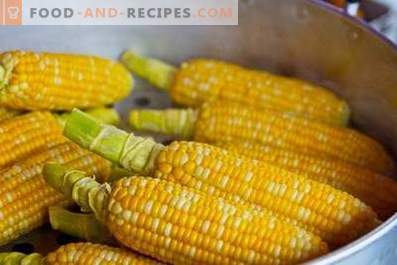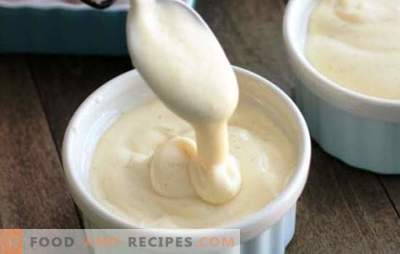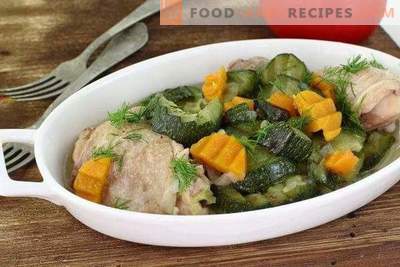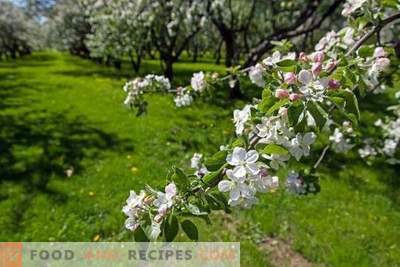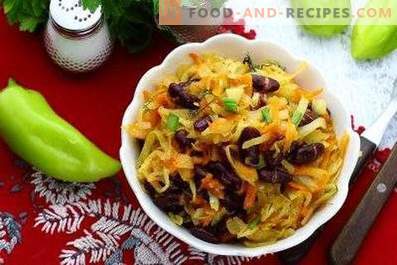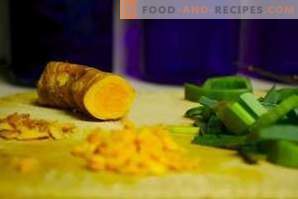
Turmeric is a herb of the ginger family. Turmeric root produces a unique spice, which some people call a yellow beauty. And this is no accident - when turmeric is added to food, all dishes acquire a delicate golden color.
Fragrant orange powder is incredibly popular in India, China, Central Asia, Azerbaijan and many other countries. Without a doubt, turmeric is among the ten most important and popular spices in the world.
Turmeric for health
The ancient Indians believed that the regular use of spice cleanses the body better than any medicine - the Indian name of turmeric translates as “spice of life”. Modern scientists have confirmed this guess by examining the chemical composition of the root. Yellow pigment, which is so famous for turmeric, is nothing but a powerful antioxidant and natural antibiotic. Vegetable pigment is the best way affects the metabolism.
Research by scientists in 2012 showed that adding turmeric to fatty foods helps regulate triglyceride and insulin levels, thereby protecting the cardiovascular system.
Turmeric has a positive effect on people with autoimmune diseases - for example, in multiple sclerosis.
It is worth paying attention to this unique seasoning to all who watch their weight. Such an unpretentious cocktail of honey, turmeric and milk with daily use and diet gives simply amazing results.
Turmeric for human energy
It is believed that turmeric helps cleanse the energy channels of the body, the so-called chakras, and helps to feel unity with the world. No wonder the Indians describe its healing properties in ayuverda. According to astrologers, turmeric gives well-being and prosperity, helps to feel merging with space. Spice is especially useful to people engaged in mental work and creativity.
Fans of yoga believe that turmeric gives a person the energy of the Mother of the World - the energy that gives life in harmony with himself. Non-traditional sciences and practices cause ambiguous emotions, but it must be admitted that the chemical composition of turmeric is the best way to saturate the body with vitamins and essential oils that contribute to the overall improvement of the body.
Turmeric in cooking
Turmeric is a fairly strong seasoning with a tart and slightly bitter taste. Therefore, it is necessary to add it with caution, otherwise it will just kill the taste of the other ingredients. A spice harbors many wonderful surprises, you can only know them all by loving it and learning how to use it. The recommended dose per serving is the spice at the tip of the knife.
During the heat treatment, the spice retains all its beneficial properties and taste.
Turmeric not only gives the dishes a delicate golden hue, but also increases the shelf life of cooked food, maintaining freshness for a long time. It is turmeric that is the main ingredient of everyone's favorite curry mix. Meals that would not be combined with turmeric, practically does not exist. Spice is actively used as a natural dye and for flavoring various oils and marinades.
Turmeric is the most common addition to rice - this tradition has come to us from India, the homeland of spices. It is put quite a bit during cooking, and then all rice dishes acquire the characteristic elegant color, as well as aroma and light spiciness.
Turmeric is served with meat, fish, vegetable dishes, and can be brewed and drunk as tea. The dishes of Central Asia are simply impossible to imagine without this spice - lamb, pilaf, various soups and sauces, marinades and even desserts.
And in conclusion, I would like to say - do not be afraid to use turmeric for both medicinal purposes and to give the dish color and flavor. Get used to it gradually, accustom your loved ones, and the day will surely come when you will love her with all your soul. Believe me, this unique spice deserves your respect.


